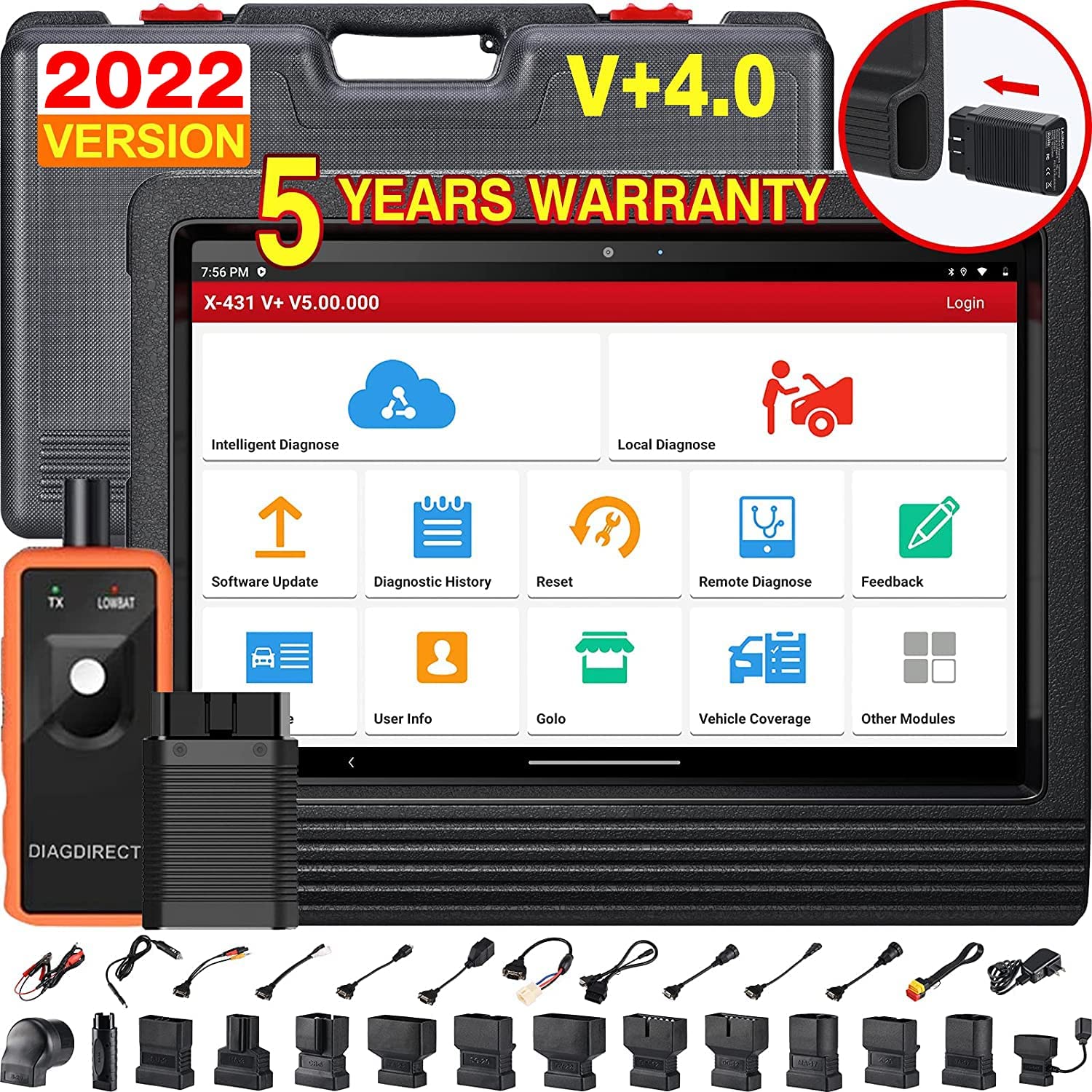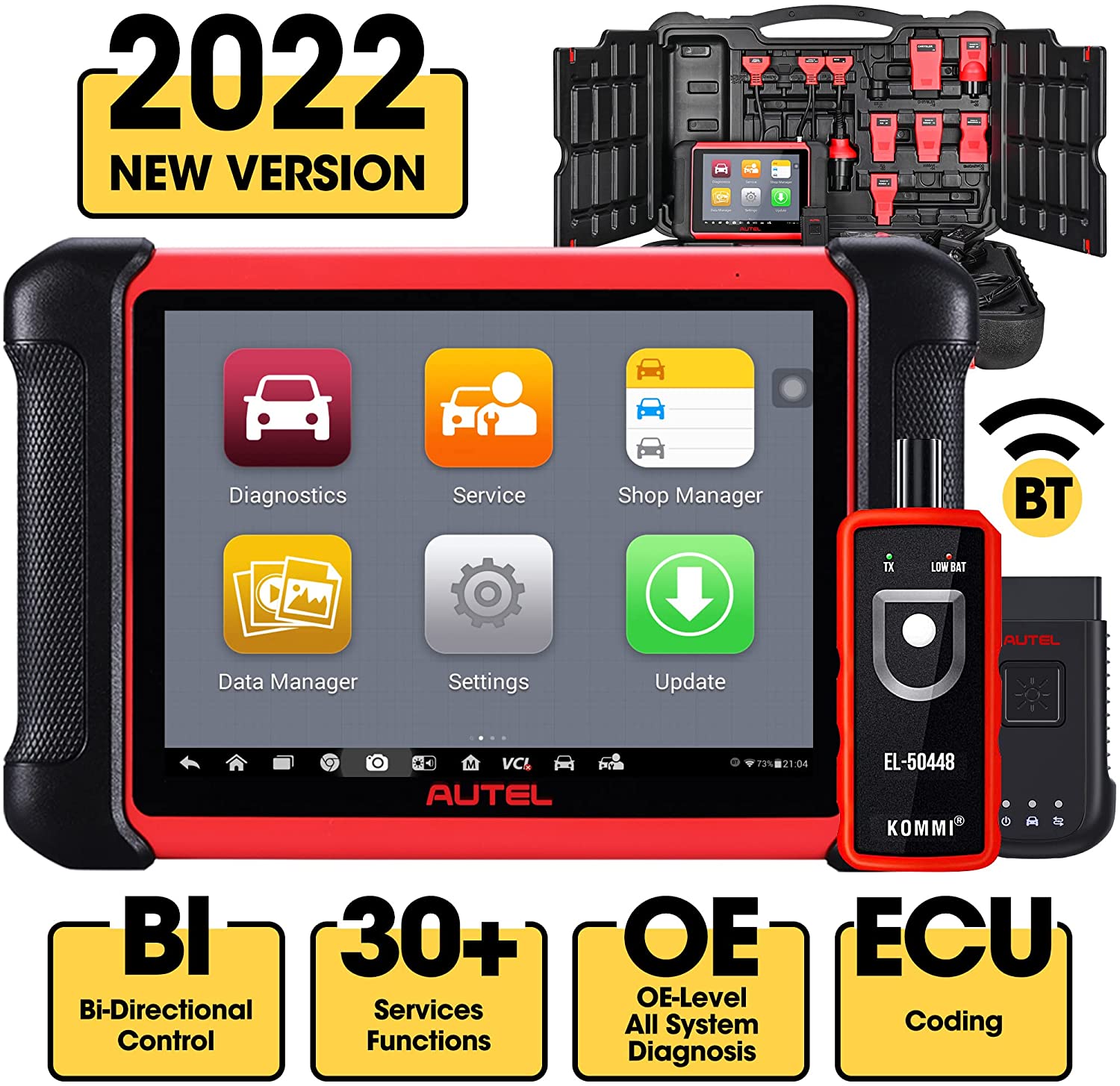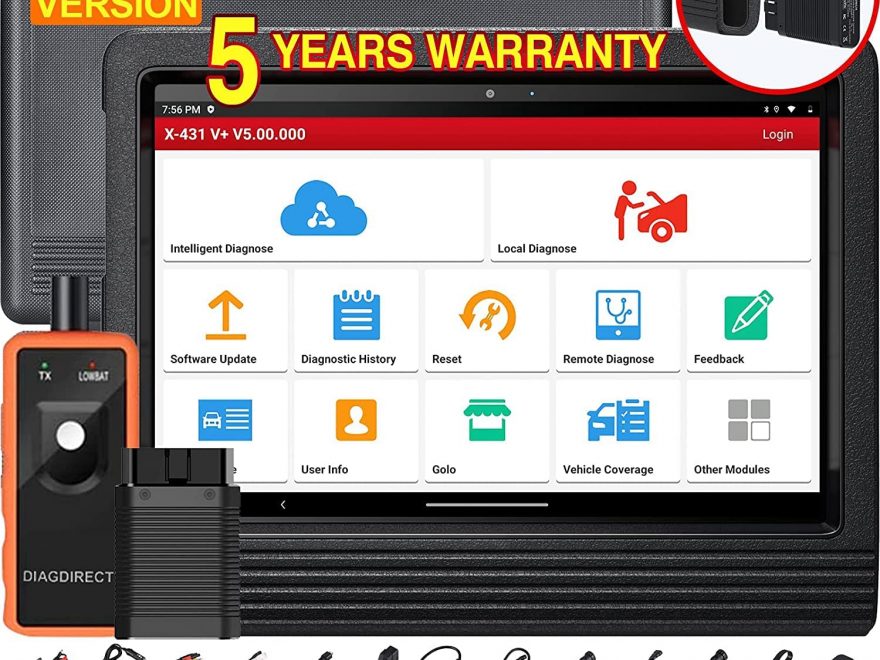Nowadays cars are becoming more and more modern. It is a complex machine with many functions controlled by a computer. However, there is another reason why a car software is interesting. Cars are equipped with assistance systems, hands-free kits and other intelligent services. However, not all of these embedded features are released (or enabled) by the manufacturer. Car owners have the opportunity to configure or code it themselves! Today let’s dive into what autocoding is and how it works.
What is car coding?
Car ECU coding is a relatively new thing in the automotive world and involves software modifications to a vehicle to enable the use of features that for various reasons, mainly local regulations, were not available in the car when it left the factory. Codind does not mean changing the software! It only changes pre-programmed options that are already present in the software.
What can car coding bring to my vehicle?
As explained above, most vehicles have market specific settings for their functions. In addition, most vehicles have restrictions and other limitations. Using coding, a user can change the bells on their car, adjust how often their one-touch signal flickers for a touch, remember settings for start/stop systems, and more. Programmers can also enable cornering lights with fog lights, disable some buzzing noises, and enable several convenience module features.
Other options include lowering the passenger mirror when reversing, activating the needle sweep function when the ignition is on (only for some Volkswagen AG models), automatic door locking at a certain speed, US-style daytime running lights, auto Hold function for vehicles with electrically operated parking brakes and others.
Naturally, the things that can be done through coding depend on each car model, so don’t imagine it can do wonders for a vehicle that hasn’t got too many features in its configuration. This is where you need to find the “Cheat sheet” for your car and think what options do you want modified.
What are the risks?
There is a risk that some systems might get broken if the operator does not do everything properly. Car coding should never involve an “I’ll just wing it” strategy. There is also a risk of permanent damage to a vehicle’s electronic systems. In the worst cases, one of the car’s computers could receive irreparable harm and require replacement.
What kind of car do I need to have for this to work?
First of all, a vehicle suitable for coding requires an OBD2 connection. This is particular to vehicles with electronic fuel injection that were built after 1995, but the year depends on the market they were sold on.
Second, the car also needs a certain degree of electric and electronic features built-in. There’s not much a coder can do to a car made in 1995 when compared to what’s possible for a vehicle assembled in 2005. It would be impossible to make a car without a key-activated central locking system close its windows if its key does not have a transponder and buttons to lock/unlock it, or if it does not have power windows installed.
A rule of thumb would be to do this to a vehicle that’s available with features on specific markets and sold in the same form in several countries. Further features could be activated if a car shares its electronic components with other models that have more “bells and whistles.” For example, you can code a BMW to use a Rolls-Royce chime.
What Do You Need While Car Coding
Just like tuners would access the ECU of a vehicle for a reflash, and like service technicians would use the OBD II port to check the error codes on a vehicle, car coders can use the same diagnostics port to enable new functions for a vehicle.
For a person to be able to code a car, they require an OBD to Ethernet/USB adaptor, a Laptop or computer, and dedicated software to do the job. BMW E-Series vehicles used an Ediabas K+DCAN USB Interface and the BMW F-Series are using an Ethernet to a USB (ENET) interface.
Most important of all, you need a professional and reliable diagnostic tool to help you get the work well-done.
1. LAUNCH V+ 4.0, Faster, Stronger & Top Powerful

Features:
* A highly sophisticated device that ensures top-notch functioning of your car.
* Helps in online coding for popular and high-end brands such as Porsche, Benz, Hyundai, and Audi.
* Includes 30+ reset functions, ECU coding, and also supports operative solenoids and active testing.
* Functions well with a number of systems such as ECM, TCM, SRS, fuel systems, and wiper systems to name a few.
* Adept at reading and clearing DTCs and live data.
* An 8-inch tablet that offers a thorough inspection of the vehicle.
* Wi-Fi and Bluetooth enabled.
* Comes with a 2-year warranty.
* Excellent customer support team.
2. Autel MK906BT, Enhanced Pro-Level Diagnostic Tablet

Features:
* Highly versatile and functional device that combines multiple services into one nifty package.
* Incredible OE-level functioning and an HDMI port to boot
* Access the subsystem and component tests of specific vehicles. (*This is dependent not only on the manufacturer and model but also on the tests displayed in the menu of the scanner.)
* Gives the user prompt access to the car’s systems for servicing and maintenance issues.
* Includes ABS Auto Bleed, fuel injector sync, and comes with a connect kit.
* Adept at determining the response capacity of the ECM with respect to the given commands.
* Reads live data, code, and ECU information.
